Mastitis
Mastitis is inflammation of the breast that can occur in breastfeeding women. This condition can be caused by an allergy, infection, or an obstruction. While mastitis is the most common in the first 2 to 3 weeks of breastfeeding, it can occur at any time during lactation. Approximately 1 in 3 (other sources say 1 in 5) postpartum women in the West will experience mastitis.
This condition often comes on abruptly and often affects only one breast. It may last for a few hours or up to a week or so.
Symptoms of mastitis include:
Breast area that is warm, hot, sensitive and may be painful
Red or reddish streaks on the tissue of the affected area
Fever of 101.3 or more
Chills
Generalized aching
Flu-like feelings
What causes mastitis?
Sometimes the cause of mastitis is unknown. Possible causes or contributing factors can include:
Plugged ducts
Cracked or damaged nipples, which let germs in
Ineffective or infrequent nursing or pumping
Pressure from a baby carrier or a bra
Fatigue
Being “run down”
Other effects of mastitis, which can help indicate illness include:
Decrease in milk supply from the affected breast temporarily
Expressed milk that looks like strings or grains of thick, fatty milk; lumpy, clumpy milk (this is safe for baby, but some moms like to strain this out.
Milk may contain more sodium and chloride, making it saltier—baby may refuse or resist the breast due to this temporary change in flavor.
In more serious cases, milk can contain mucus, pus, or blood.
How to prevent mastitis
Breastfeed or pump frequently
Fully drain the milk from your breasts while breastfeeding
Allow baby to completely empty one breast before switching to the other breast
If baby nurses for only a few minutes on the second side (or not at all) begin on that side for the next feeding
Alternate the breast you offer first at each feeding
Regularly change the position you use to breastfeed
Ensure that baby is latching properly
Take good care of yourself-- get enough rest, eat well, and drink enough fluids
What do to if you suspect mastitis
If you feel you may be experiencing mastitis or a plugged duct, please call or page the midwives if you are a current client. A visit to determine the cause of your symptoms and potentially a prescription for antibiotics (if infection is present) and/or a recommendation for over-the-counter anti-inflammatory medication may be in order.
There are also many things you can do at home to help treat mastitis.
Apply cold or heat: apply a cold pack (frozen peas work great) or a heat pack or compress, whichever feels better to the area, 20 minutes on then 20 minutes off and repeat. Hot showers and soaking (with the affected breast immersed) in warm water with Epsom salt can also help.
Empty the breast often: frequently nurse or pump or hand express (at least every 2 hours) on the affected side to keep the milk moving. (Don’t neglect the unaffected breast)
Rest: it is so important to rest as much as you can. Rest means lying down sleeping or resting for as much of the day as possible. Get help around the house as much as possible
Eat well and stay hydrated, drinking plenty of water throughout the day
Go braless if possible
Massage: some call this the “bag of marbles” massage. Cup your affected breast with both hands, fingers interlaced, and massage as if you were rolling marbles around in a bag. You can also rub the affected area in a circular motion with 2 or 3 fingers. You can massage as baby nurses, toward the nipple, to help with milk flow and clearing out obstructed ducts.
Natural remedies: speak with your midwife to see about the appropriateness of using raw garlic (2-5 cloves per day), Echinacea tincture, Oregon Grape Root tincture, Propolis tincture, and/or vitamin C
Raw potato or cabbage leaves: applied to the breast.
After mastitis has resolved, it is common for the area to be red or feel bruised for up to a week longer.
